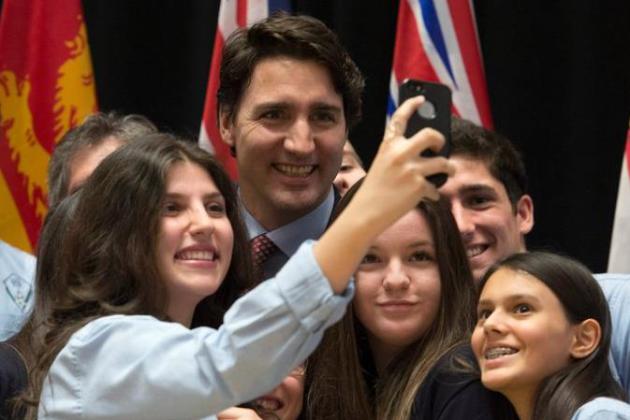27 F. high yesterday in the Twin Cities.
34 F. average high on November 27.
10 F. high on November 27, 2014.
1″ snow on the ground at MSP as of Saturday morning.
November 28, 1983: Widespread snowfall occurs across much of central Minnesota with snowfall totals at or above 1 foot in many areas. A record 15 inches fell in Gaylord and 14 inches fell in Farmington.
November 28, 1960: A major storm produces near hurricane force winds on Lake Superior, with 20 to 40 foot waves on the lake. Erosion and damage occurred on the North Shore.
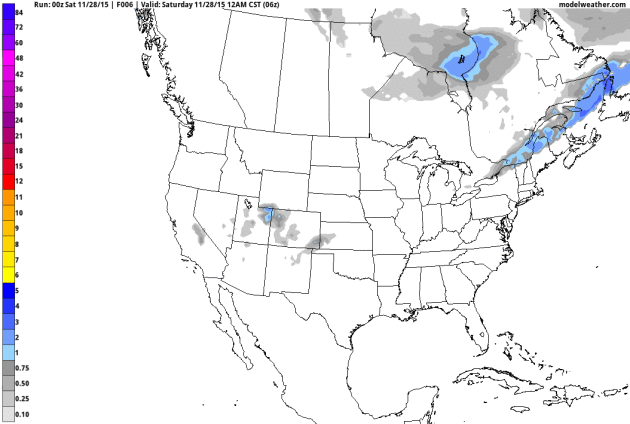
In Search of “Average”
Accumulating – Potentially Plowable – Snow by Tuesday?
A year ago 9.4 inches of snow fell on MSP during the month of November. We had already seen our first subzero low; Minnesota’s lakes were icing up. Snow lovers were encouraged. This year some lawns are still pale-green, there’s open water on most lakes and Thursday’s 1.3 inch snowfall qualified as a “storm”. Average November snowfall in the Twin Cities is 9.3 inches. Not this year.
Cool sun spills over into Sunday as weather cooperates with holiday shopping – getting home shouldn’t be an issue. Old Man Winter will be well-behaved until Monday night and Tuesday, when a spoke of southern
moisture rotates north, the lowest mile of the atmosphere marginally cold enough for a few inches of snow. It’s too early to predict specific amounts but Tuesday’s commute may be problematic.
There just isn’t any frigid air across North America, and long-range models show a mild bias into mid-December as steering winds blow from the Pacific. Could the pattern shift in January? Possible, but El
Nino is forecast to linger into at least spring of 2016.
The maps remind me of 2011-2012, when 22.3 inches fell at MSP.
* GFS guidance above (showing a potential for “plowable” amounts of snow late Monday into Tuesday, especially southeastern Minnesota and western Wisconsin, courtesy of NOAA and AerisWeather.
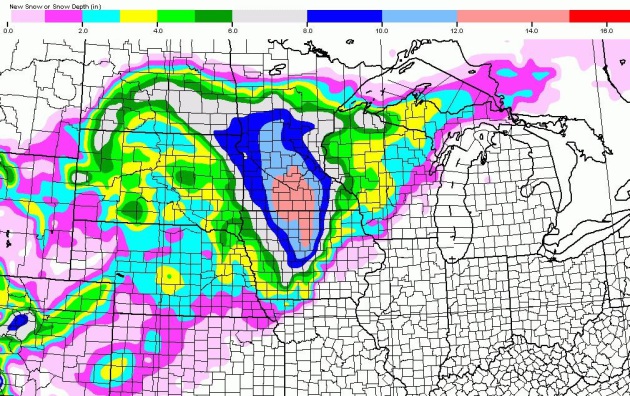
Holy Snowday! For the record: I’m not buying this (NAM) solution, not yet. The 06z run brings 8″ into the metro with a foot for Mankato and Albert Lea. I think this may be too aggressive, but if the storm moves slower, and ample supplies of southern moisture surge north, we could certainly see plowable amounts of snow Monday into Tuesday. Think of this as a worst (best?) case scenario right now.
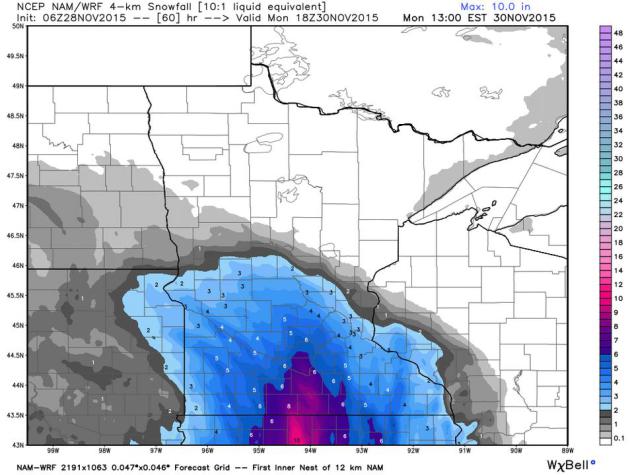
WRF Solution. The higher-resolution WRF only goes out to 1 PM Monday, but it shows some 2-4″ accumulation in the metro by then, with as much as 8″ over south central Minnesota. The ECMWF (European) model suggests the best chance of snow will come Monday night into Tuesday morning. Source: WeatherBell.
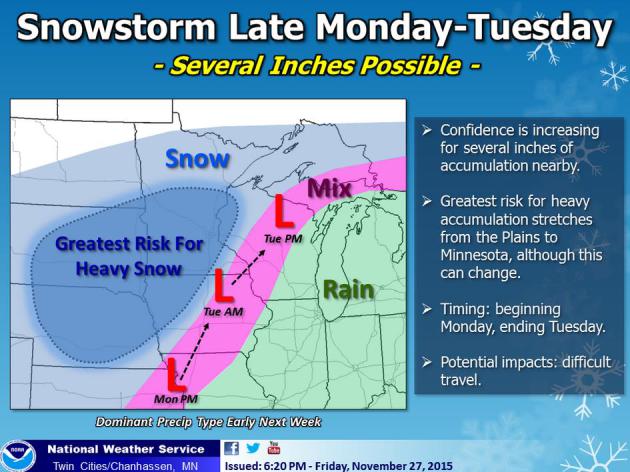
Favorable Storm Track for Significant Snow. Our biggest snowfalls come from storms tracking a couple hundred miles southeast of MSP, ensuring a supply of not only southern moisture but a deep layer of <32f a=”” air=”” all-snow=”” and=”” but=”” changeover=”” cities=”” commute=”” crippling=”” enough=”” event=”” favorable=”” for=”” inch-amounts=”” is=”” it=”” like=”” lobbing=”” looking=”” make=”” mess.=”” mix=”” more=”” morning=”” national=”” not=”” or=”” p=”” plowable=”” premature=”” probably=”” rain.=”” real=”” s=”” service.=”” snow=”” source:=”” still=”” this=”” to=”” tuesday=”” twin=”” weather=””>

Mild Bias into mid-December, With a Side of Slush? The GFS 500 mb upper level wind forecast valid Saturday evening, December 12, shows a deep cut-off low over the south central USA, with relatively mild air across most of the USA. Frankly this looks more like mid-October than mid-December. The southerly branch of the jet is becoming more active and Minnesota and Wisconsin may be brushed by some of this (El Nino-enhanced) moisture.
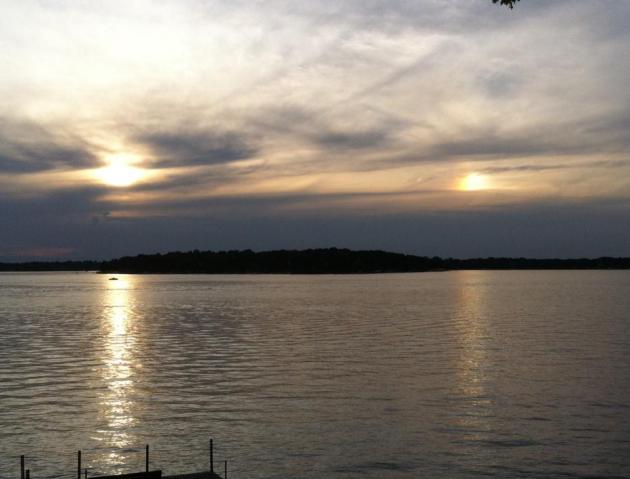
One of the 3 Warmest Novembers in Recorded Minnesota History? That’s according to climate guru Mark Seeley; here’s an excerpt from this week’s edition of Minnesota WeatherTalk: “Through the first 25 days of November temperatures have been averaging well above normal. It is likely that this month will conclude in a manner that will rank it among the top three warmest Novembers in Minnesota history, likely falling short of the warmest ever which occurred in 2001. Over 40 communities reported at least one day this month with an afternoon temperature of 70°F or higher. In all 33 new daily maximum temperature records were set within the National Weather Service Cooperative Observer Network in Minnesota, and 145 daily warm minimum temperature records were set, a remarkably large number. No low temperature records were set anywhere in the state this month...”

World Meteorological Organization: 2015 Like to be Warmest on Record; 2011-2015 Warmest Five-Year Period. Here’s an excerpt from a WMO press release: “The global average surface temperature in 2015 is likely to be the warmest on record and to reach the symbolic and significant milestone of 1° Celsius above the pre-industrial era. This is due to a combination of a strong El Niño and human-induced global warming, according to the World Meteorological Organization (WMO). The years 2011-2015 have been the warmest five-year period on record, with many extreme weather events – especially heatwaves – influenced by climate change, according to a WMO five-year analysis...”
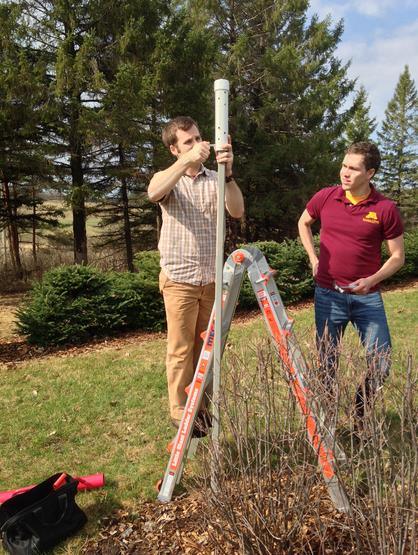
New Urban Heat Island Study Shows Surprising Variation in Air Temperatures Across Twin Cities. Which brings up a quandary: how do meteorologists factor in urban heating into their forecasts? Here’s an excerpt of a recent press release from The University of Minnesota: “Some parts of the Twin Cities can spike temperatures up to 9°F higher than surrounding communities thanks to the “urban heat island” effect, according to a new study from the University of Minnesota. The study, which was funded by the Institute on the Environment and published in the Journal of Applied Meteorology and Climatology, used a network of 180 sensors deployed throughout the Twin Cities metropolitan area in residential backyards and city parks to paint the most detailed picture anywhere in the world of how temperature varies with time and place across pavement-filled metropolitan areas and surrounding communities…”
Image credit above: “Brian Smoliak and research fellow Phil Mykleby install a temperature sensor at the Minnesota Landscape Arboretum.” Photo Credit: Angeline Pendergrass
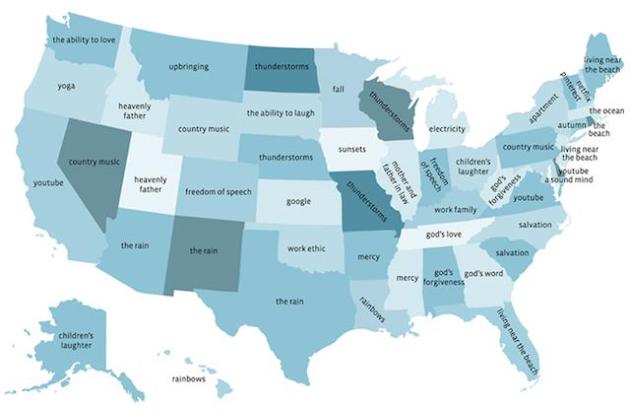
This Map Shows What People Are Most Thankful For in Each State. Minnesotans are most thankful for “fall”; Wisconsin residents most thankful for “thunderstorms”. Really? Mother Jones drills down: “Earlier this week, Facebook’s data team crunched the numbers on what users say they are most “thankful” for. The top two overall results were predictably “friends” and “family,” which is heartwarming but sort of a snooze…”

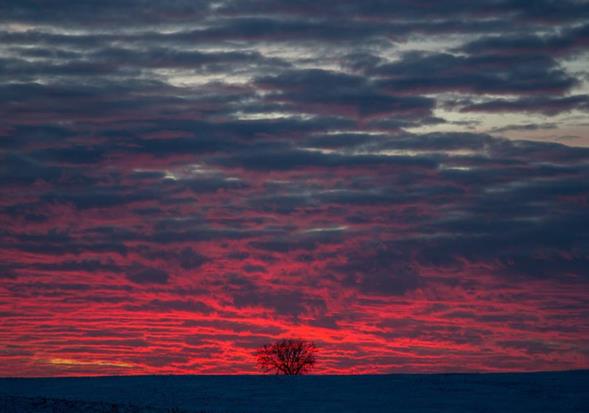
TODAY: Sunny, seasonably cool. Winds: SW 5-10. High: 33
SATURDAY NIGHT: Mostly clear and chilly. Low: 18
SUNDAY: Partly sunny, no travel headaches getting home. Winds: E 3-8. High: 39
MONDAY: Clouds increase, snow at night. Wake-up: 23. High: 36
TUESDAY: Few inches of snow possible. Slippery roads. Wake-up: 30. High: 34
WEDNESDAY: Slushy start, skies begin to clear. Wake-up: 26. High: 38
THURSDAY: Plenty of sun, trending milder. Wake-up: 22. High: near 40
FRIDAY: Partly sunny, melting snow. Wake-up: 25. High: 42
Climate Stories…

Bill Gates Expected to Create Billion-Dollar Fund for Clean Energy. The New York Times has more details; here’s an excerpt: “… Bill Gates will announce the creation of a multibillion-dollar clean energy fund on Monday at the opening of a Paris summit meeting intended to forge a global accord to cut planet-warming emissions, according to people with knowledge of the plans. The fund, which one of the people described as the largest such effort in history, is meant to pay for research and development of new clean-energy technologies. It will include contributions from other billionaires and philanthropies, as well as a commitment by the United States and other participating nations to double their budget for clean energy research and development, according to the people with knowledge of the plans, who asked not to be identified because they were not authorized to discuss the fund…”
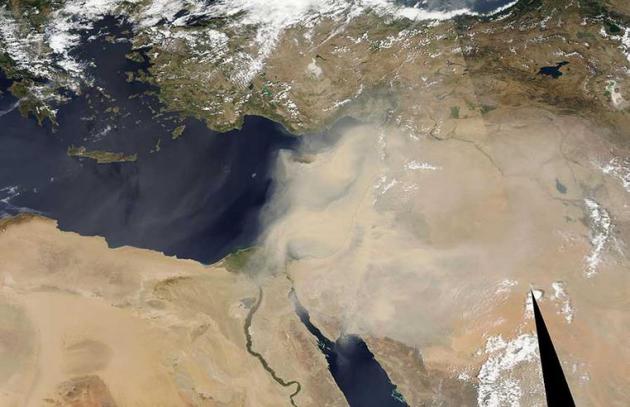
A “Climate of Insecurity”: Global Warming as a “Threat Multiplier”. Is a warming (drying) climate in the Middle East and northern Africa increasing the potential for destabilization? Here’s an excerpt of an article at Worldcrunch: “…Drawing a link between security and climate change inspired mockery from some quarters. But this link is a certainty, and a sufficiently unpleasant one that we systematically forget it, only to see it raise its ugly head over and over again. In March 2008, the High Representative of the European Union for Foreign Affairs and Security Policy forwarded an unambiguous report to member states on this very issue. Seven years after it was written, it clearly served as an eerily accurate warning. The text said that global warming acts as a “threat multiplier” in areas already suffering from social, political, religious or ethnic tensions. “In the future, climate change is likely to affect the social and political stability in the Middle East and North Africa,” the report read, pointing to “tensions related to the management of water resources in the Jordan Valley and the Euphrates and Tigris rivers, which are becoming scarce” and the worsening tensions caused by rising temperatures…” (File image credit: NASA).
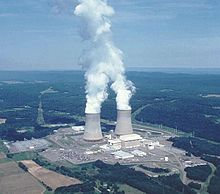
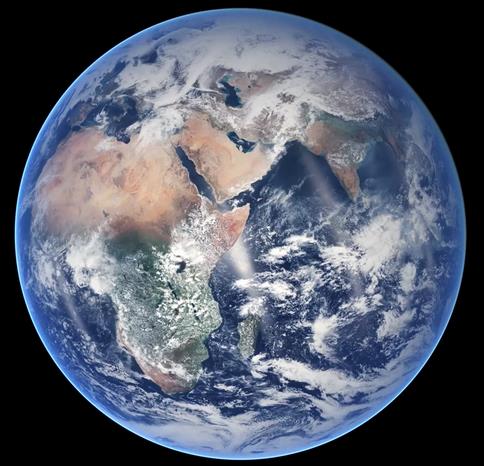
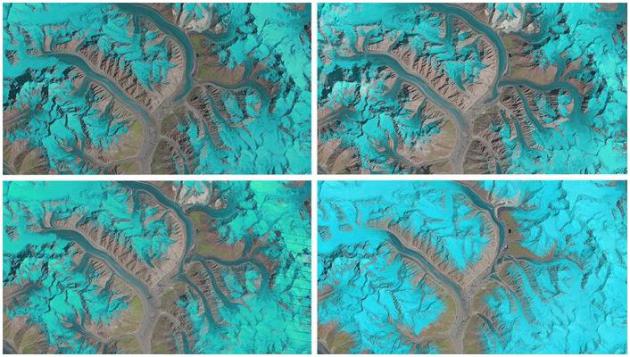
ESA Animations Show 25 Years of Glacier Movement in a Single Second. Gizmag has the story – here’s the intro: “A researcher at Switzerland’s University of Zurich has combined 25 years worth of satellite imagery to show the complex behavior of glaciers in a single second. The effort made use of data collected by NASA’s Landsat satellites, focusing on the Karakoram mountain range in Asia. The animations were created by glaciologist Dr. Frank Paul, and form part of the ESA’s Climate Change Initiative, which is combining datasets to build the best possible picture of glacier movement. The GIFs were made by combining between seven and 15 false-color images taken by three different Landsat satellites between the years 1990 and 2015. The glaciers can be seen in light blues to cyan, with water in dark blue, vegetation in green, bare ground in brown and clouds in white…”
